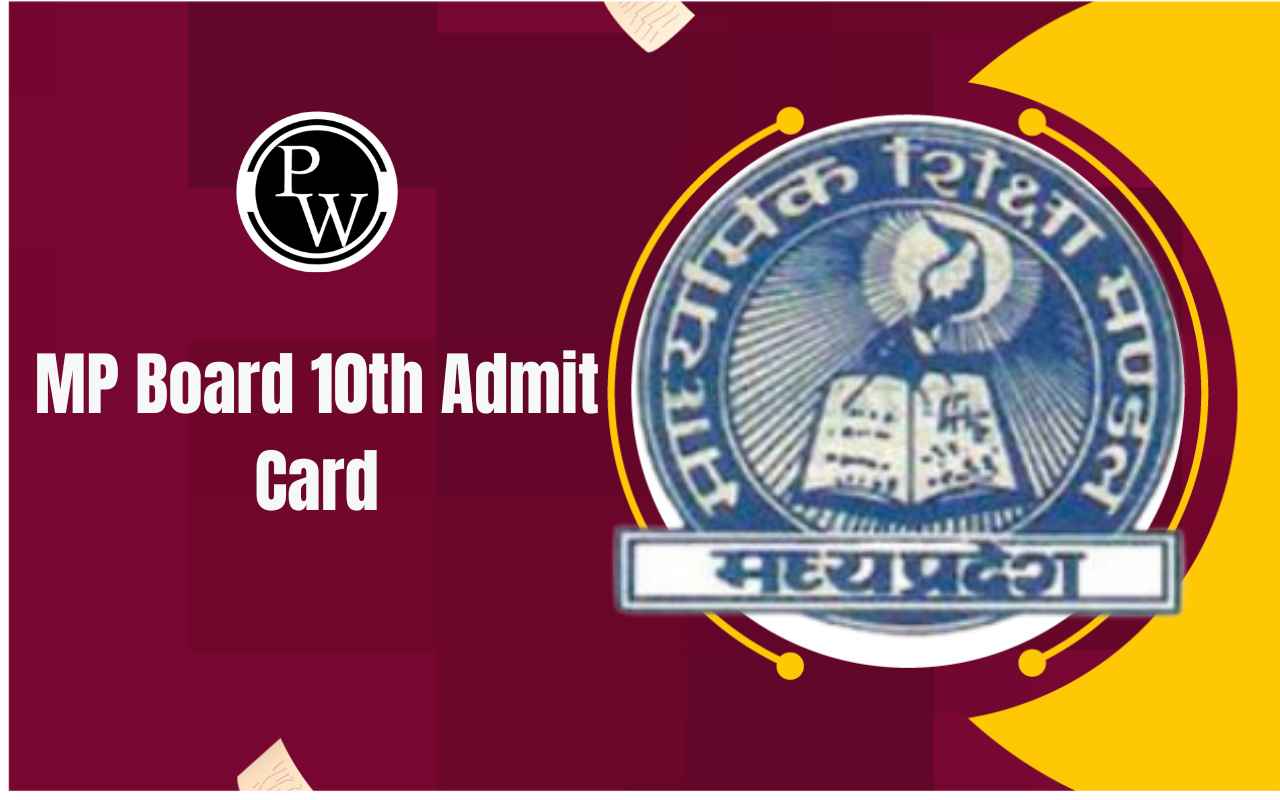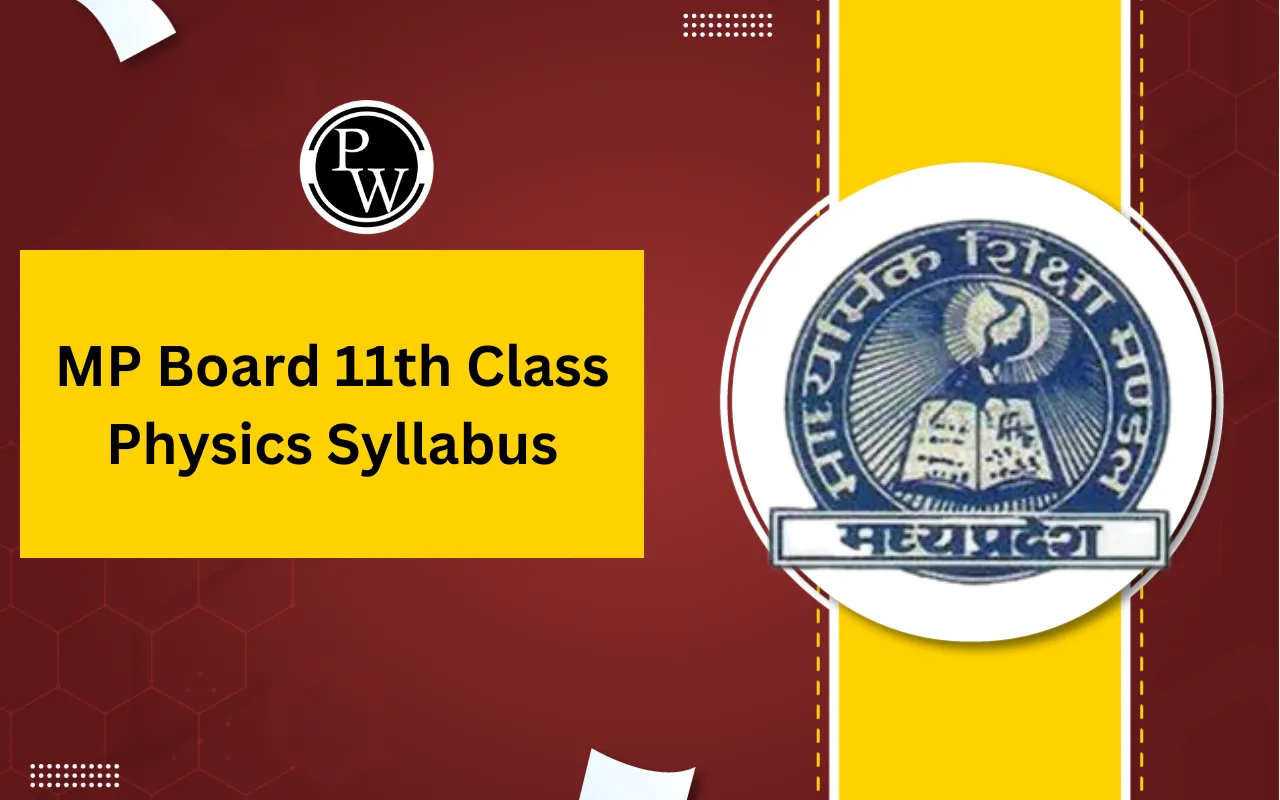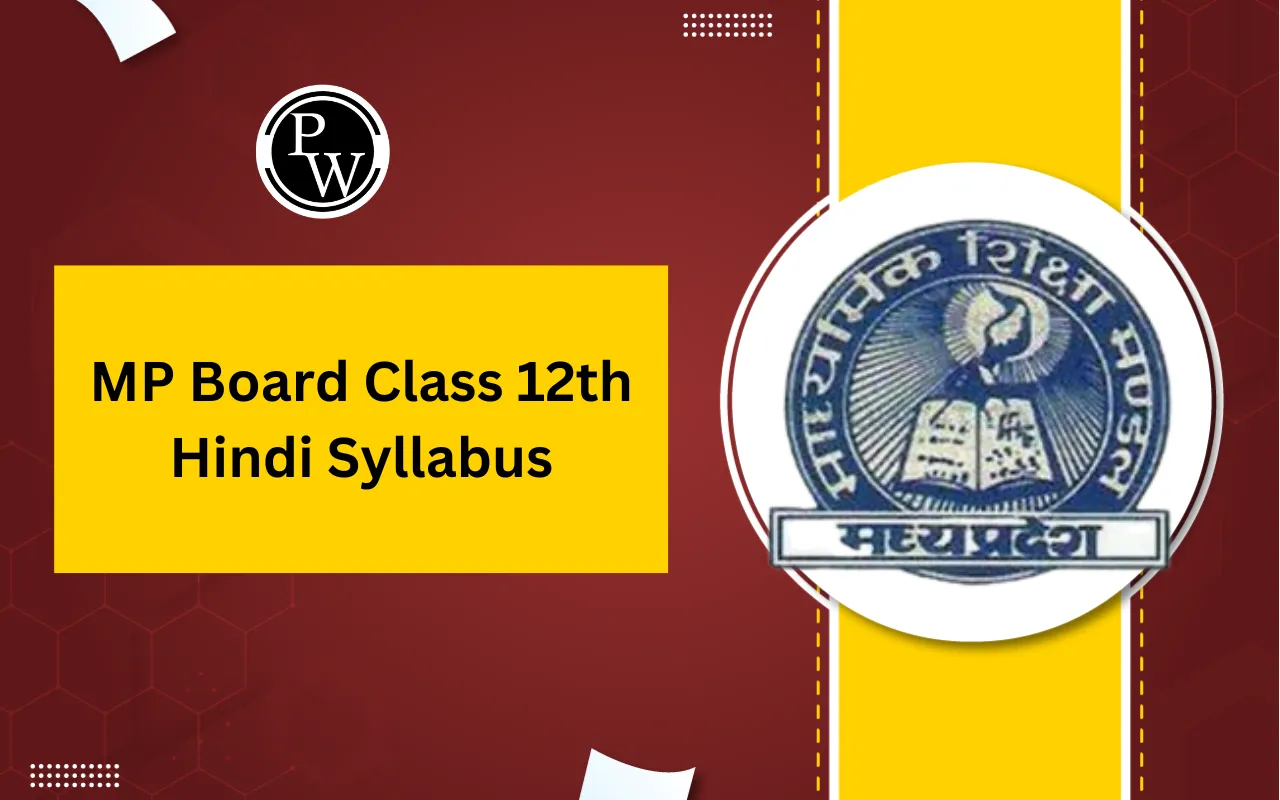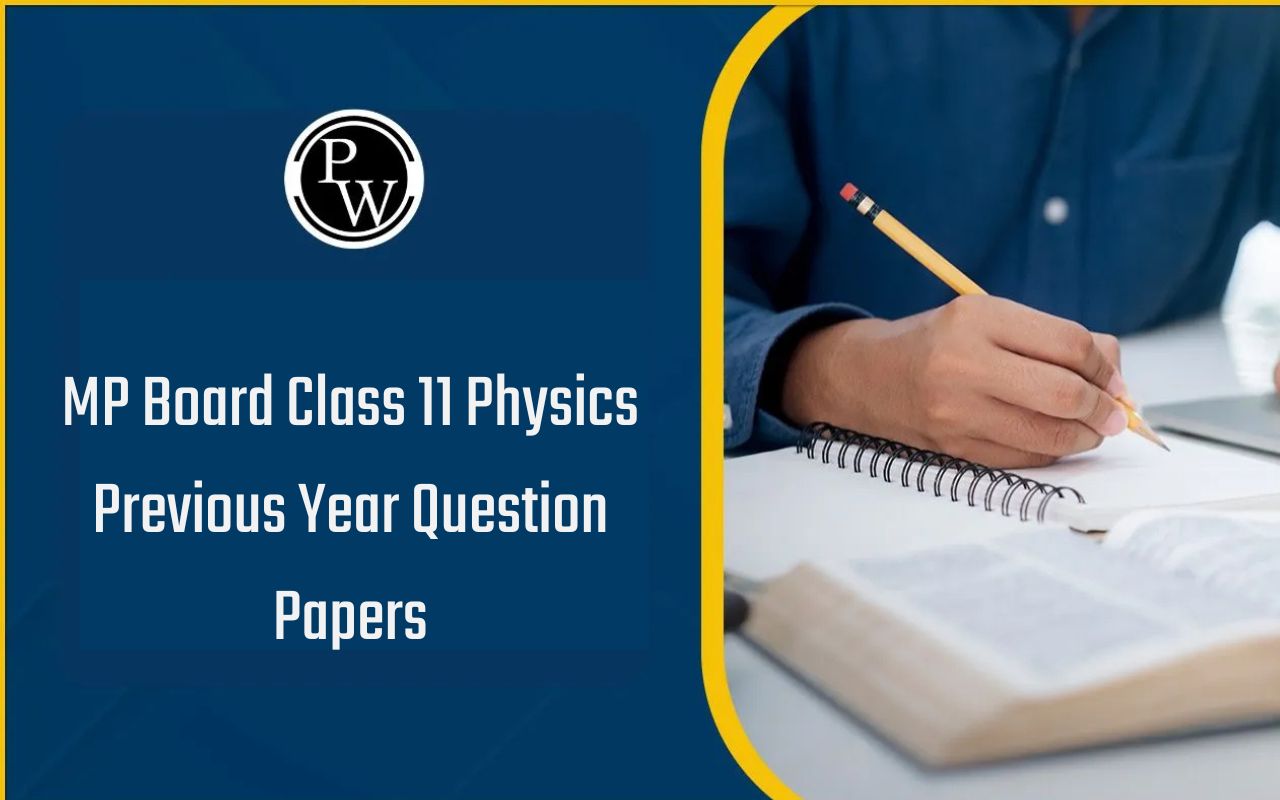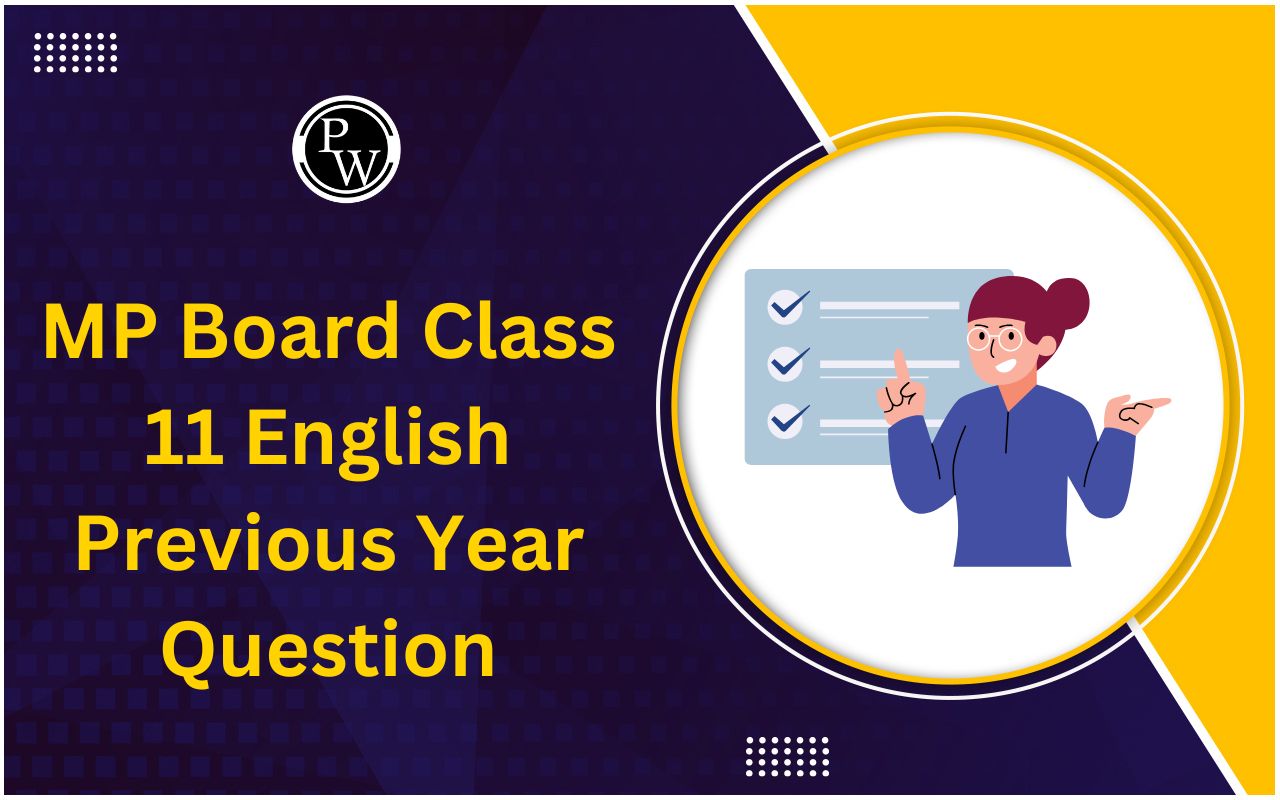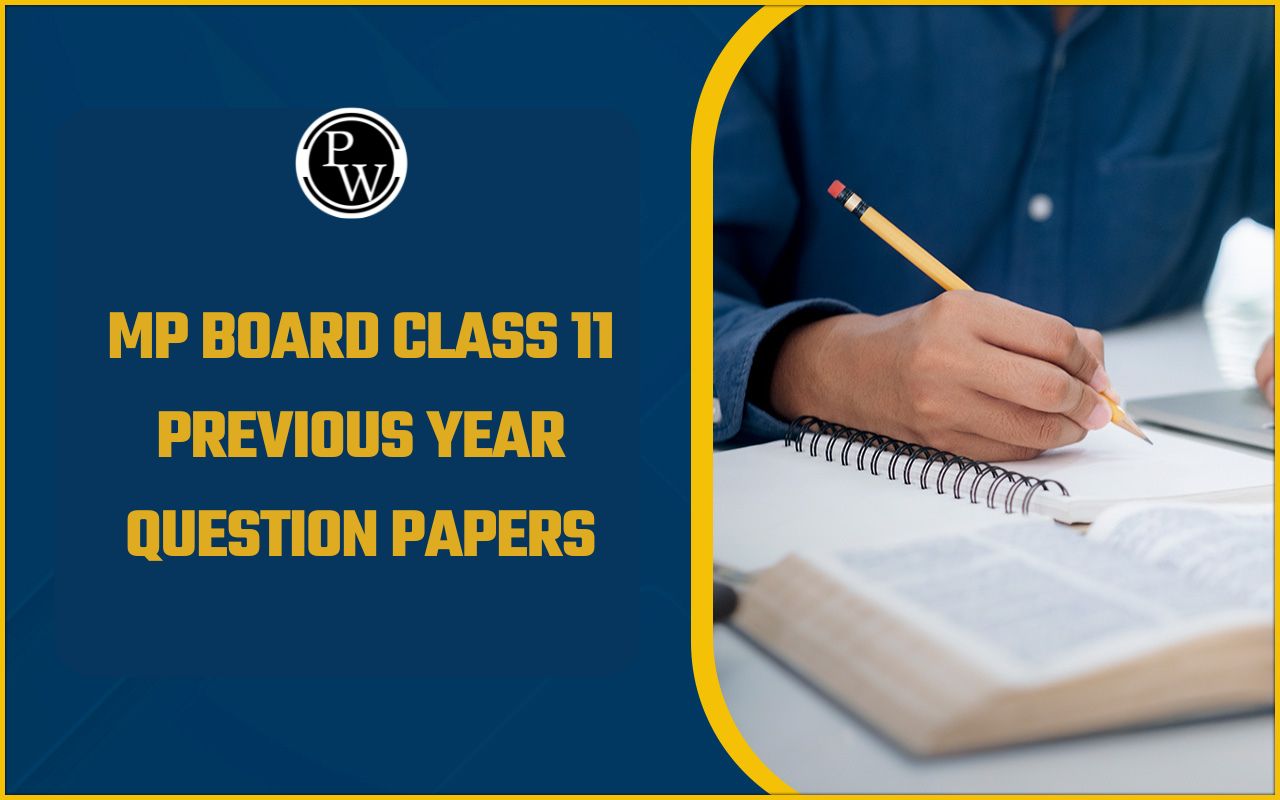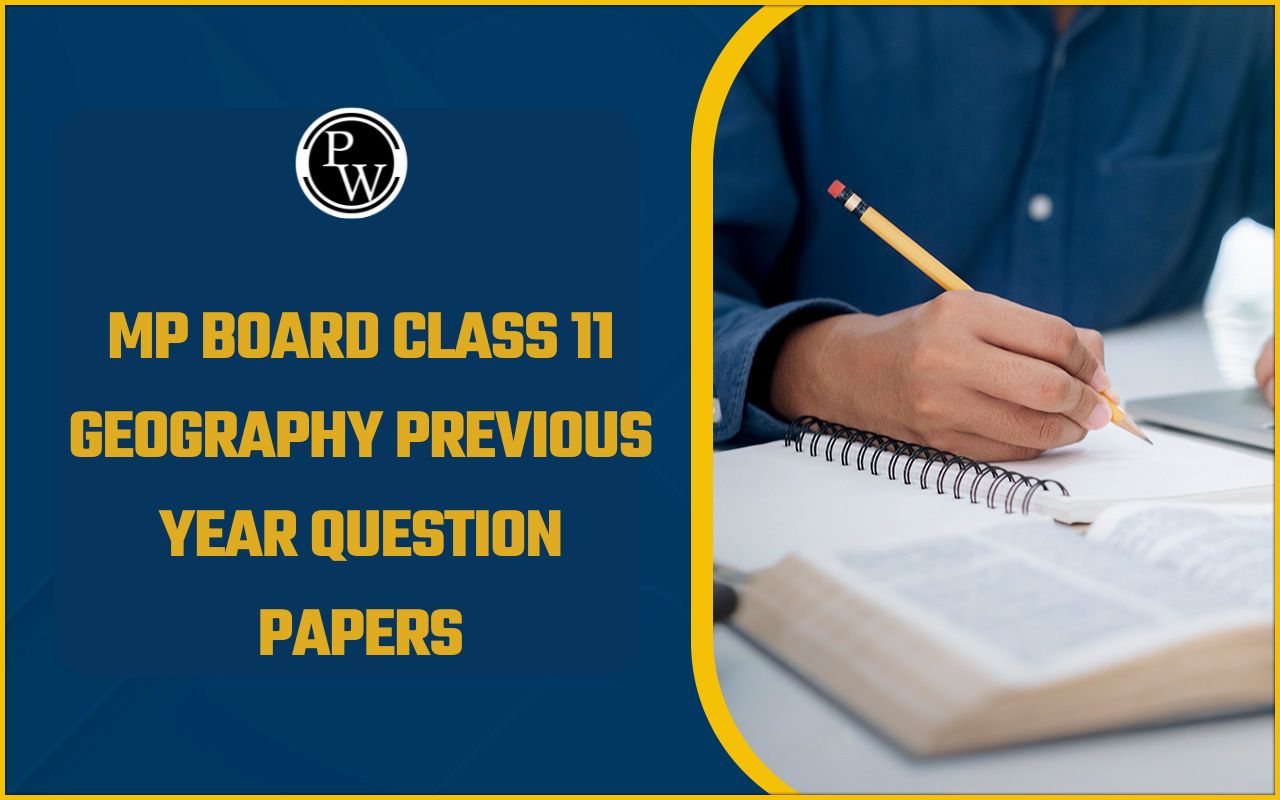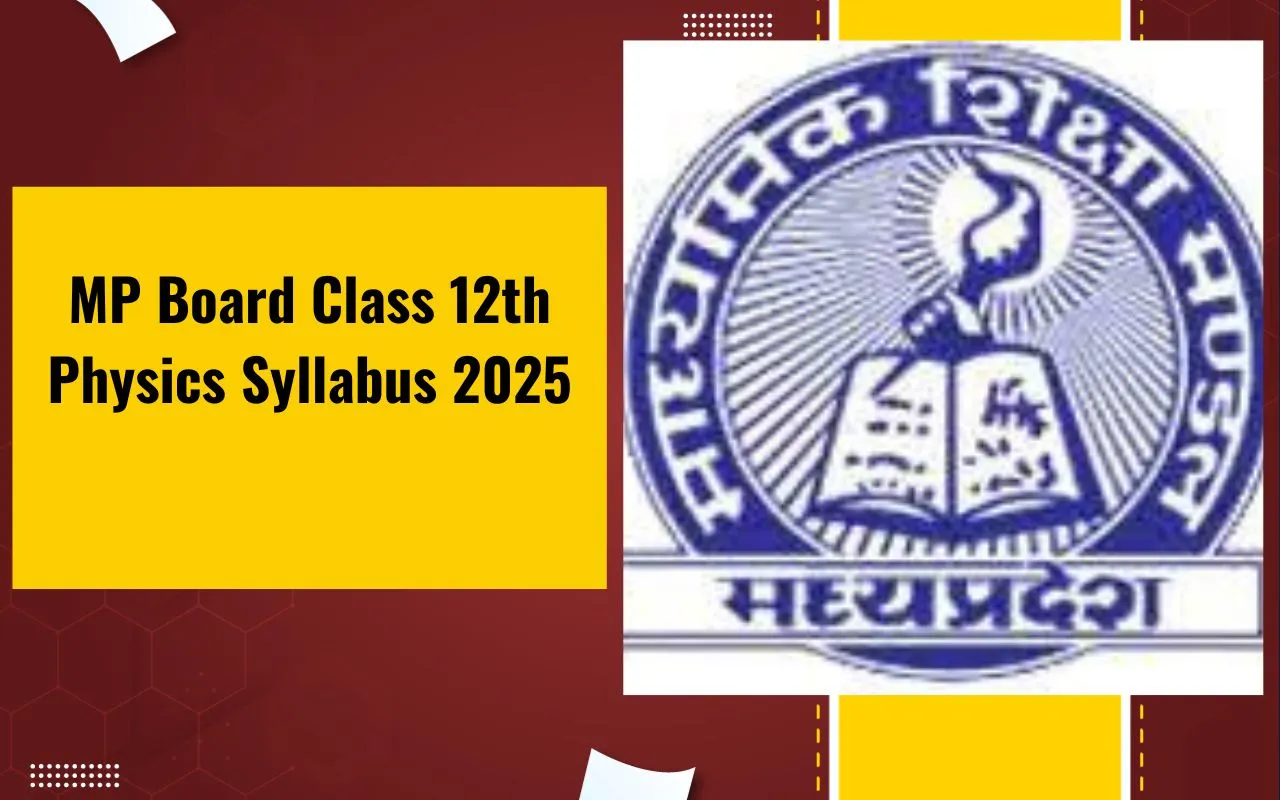
MP Board Class 11 Maths Mind Maps are visual summaries that can help students learn lengthy syllabus chapters into clear and interconnected diagrams. These mind maps help students see how different concepts, formulas, and problem-solving methods relate to each other.
MP Board Class 11 Mathematics syllabus 2025 is detailed and covers topics like Algebra, Calculus, and Statistics. Using class 11 maths mind maps MP Board can help students condense all of this information into an easy-to-review format. The mind maps are given in PDF format. You can download them and help improve revision and have a strong conceptual understanding.
MP Board Class 11 Maths Mind Maps Overview
MP Board Class 11 Maths Mind Maps cover every chapter and summarize definitions, formulas, diagrams, and relationships in one visual flow. Below is an overview table of MP Board Class 11 Maths Mind Maps:
|
MP Board Class 11 Maths Mind Maps Overview |
|
|
Chapter |
Key Mind Map Features |
|
Sets |
Types of sets, Venn diagrams, operations |
|
Relations and Functions |
Domain, range, types of relations, composition |
|
Trigonometric Functions |
Identities, transformations, graphs |
|
Principle of Mathematical Induction and Linear Equations |
Argand plane, modulus, solving quadratics |
|
Linear Inequalities |
Inequalities, algebraic and graphical solutions |
|
Permutations and Combinations |
Factorial concept, arrangement, and selection |
|
Binomial Theorem |
Expansion formula and general term |
|
Sequence and Series |
Arithmetic, geometric sequences, and sums |
|
Straight Lines |
Slope forms, intercepts, parallel and perpendicular conditions |
|
Conic Sections |
Parabola, ellipse, hyperbola equations |
|
Introduction to Three-Dimensional Geometry |
Coordinates, distance formula |
|
Limits and Derivatives |
Limit laws, differentiation rules |
|
Statistics |
Mean, median, mode, variance |
|
Probability |
Theorems, independent and dependent events |
MP Board Class 11 Maths Mind Maps PDF Topic-Wise
Below are the MP Board Class 11 Maths Mind Maps PDF, Topic-Wise, to help you understand concepts easily:
|
MP Board Class 11 Maths Mind Maps PDF Topic-Wise |
|
|
Topic Name |
Download Link |
|
Sets |
|
|
Quadratic Functions |
|
|
Complex Numbers |
|
|
Trigonometry |
|
|
Permutations & Combinations |
|
|
Binomial Theorem |
|
|
Sequences & Series |
|
|
Straight Lines |
|
|
Circles |
|
|
Parabola |
|
|
Ellipse |
|
|
Hyperbole |
|
|
Linear Inequalities and Linear Programming |
|
|
Mathematical Reasoning |
|
|
Properties and solution of triangle |
|
|
Statistics |
|
MP Board Class 11 Maths Mind Maps PDF
MP Board Class 11 Maths mind maps PDF for MP Board includes chapter-wise diagrams that visually condense the complete syllabus into easy-to-follow structures. Each PDF page focuses on one chapter or concept. It also includes subtopics, formulas, and key diagrams, making it easy for students to understand difficult concepts.
These PDFs allow students to use these mind maps as revision sheets. Since they follow the MP Board syllabus, they ensure no important topic is missed.
MP Board Class 11 Maths Mind Maps
Study without using the internet
How to Use Class 11 Maths Mind Maps Effectively?
To prepare well from the MP Board Class 11 Maths Mind Maps, follow these steps:
-
After you finish studying a chapter from your textbook, revise from MP Board Class 11 maths mind map. This helps you connect the smaller details you learned with the bigger picture.
-
Before solving any exercise or MP Board Class 11 model paper, spend 2–3 minutes scanning the mind map for that chapter. It is a way to revise important formulas, definitions, and relationships without re-reading the entire textbook.
-
If there’s a topic or formula you keep forgetting, mark it directly on the printed mind map or highlight it in the class 11 maths mind maps PDF. This will remind you to give extra attention to those problem areas every time you revise.
-
Mind maps give you the “what” and “how,” but real learning happens when you apply it. For every formula or concept in the mind map, solve at least 3–5 related problems. This will improve your understanding and ensure you know how to use the concept in the question.
-
You can use mind maps to explain chapters visually. The diagrams make complex topics easier to understand for others, and it will also strengthen your understanding of the subject. This method is useful for tricky chapters like Trigonometric Functions.
MP Board Class 11 Maths Mind Maps FAQs
What are MP Board Class 11 Maths Mind Maps?
Can I get class 11 maths mind maps PDF for MP Board?
Are these mind maps enough for exam preparation?
How do I use MP Board Class 11 Maths Mind Maps effectively?
Are the MP Board Class 11 Maths Mind Maps chapter-wise?


